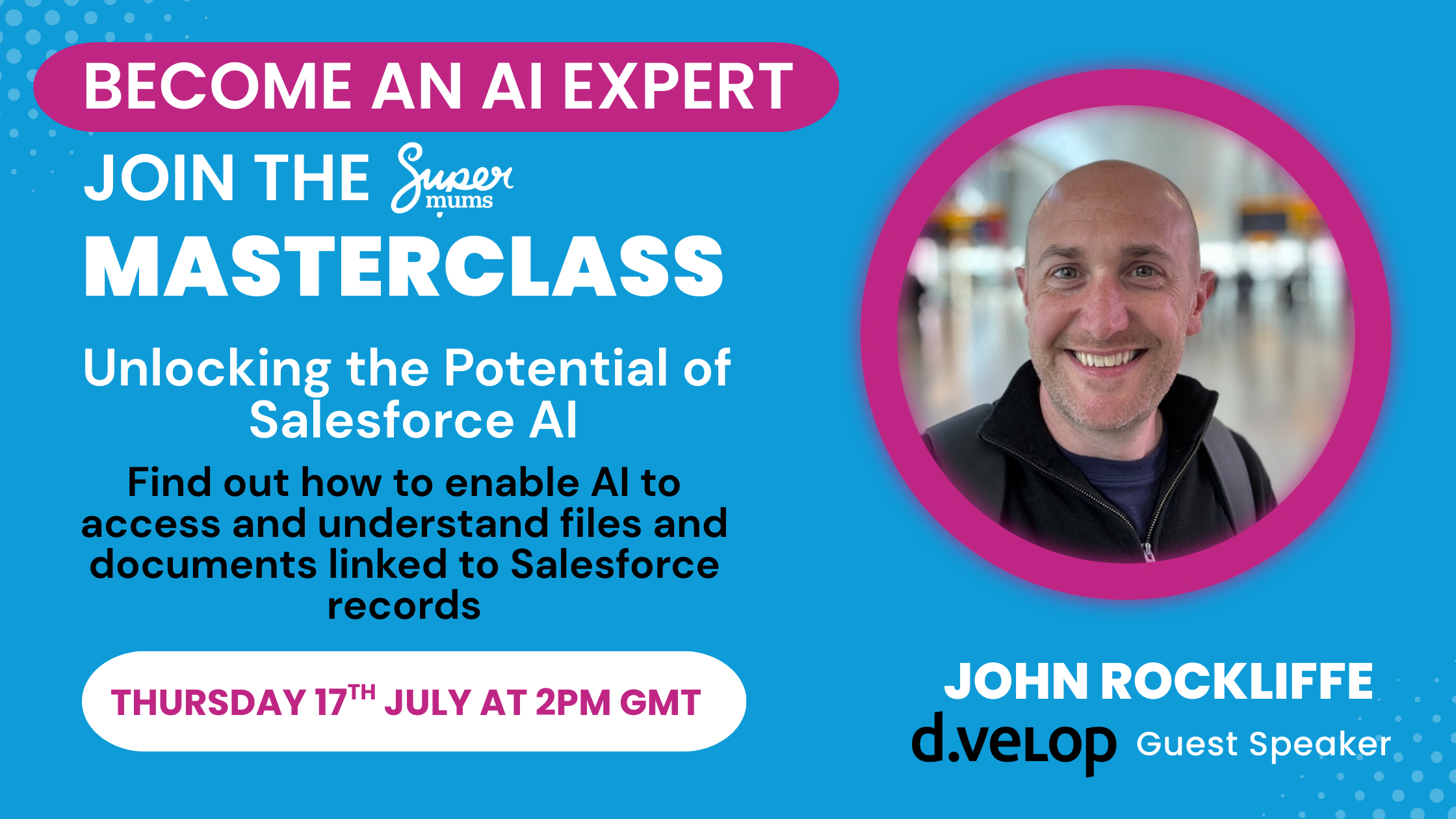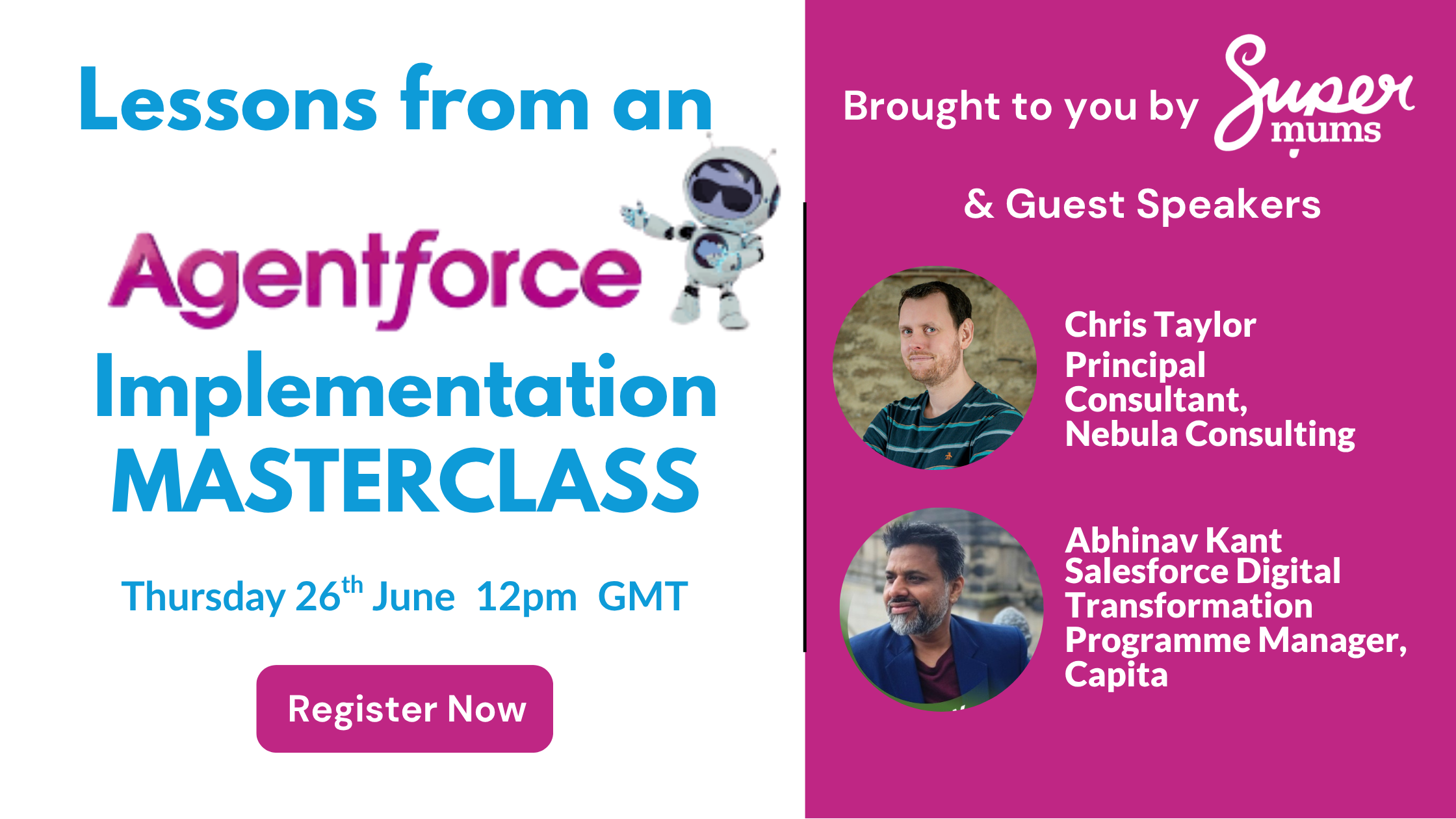13 Salesforce Admin Rookie Mistakes to Avoid
By Heather Black

If you are starting out as a Salesforce Admin, there are quite often some rookie mistakes that get made, that can keep you awake in the evening or working at weekends to fix things. Don’t worry we have all being there! The upside is that you will learn from this and won’t do it again.
Below I have shared some of the typical rookie mistakes from the Salesforce ohana to help you try and avoid these mistakes. Hopefully they help you to mind the gap and keep your head held high!
#1 – Do Test Imports into a Sandbox First
Data importing is one of the biggest risks for overwriting or loosing data, and is quite often why a Data Back Solution like Own Back Up is important. Here are some top tips from one rookie…
“I am doing my first NPSP contact import and I have learned so much! Here are my tips:
- Create a sandbox and try there first!
- Things to remember: Email formats! No matter how carefully I review those, I still get errors.
- Set duplicate rules before starting import.
- Determine naming conventions before you start.
- Format the zip code column to accept leading “0”s. Many New England States start with 0.
- If you want to add columns to the NPSP data import template it is possible but you have to add the field to the NPSP Data import OBJECT and do advanced mapping.”
#2 – Clear Pending Automations
“Changing or de-activating a time-based workflow but forgetting to clear any pending automations. This has burned me so badly….”
#3 – Deactivate Automations when Doing an Import
“I was using DataLoader to import records into a Sandbox (a test run before importing to Prod) and I neglected to make the email addresses invalid which accidentally emailed a huge bunch of records!! Should have checked the ‘Email Deliverability’ settings as well and perhaps checked for active workflow rules that might trigger!”
#4 – Make sure your Live Org and Sandbox align. Create in Sandbox and then Transfer to Live!
“I created an object on the live org and not the sandbox and then couldn’t get the sandbox to match. It didn’t cause too much of an issue as it didn’t really interact with other objects, but I did waste a lot of time looking around the sandbox for this object. All part of the learning!”
#5 – Get the Relationship Right Between Objects
“Changing a relationship from a master-child to a look up relationship and realising all of the previous reports didn’t work anymore and I had to recreate them all. Best to get this type of relationship right first time where possible.”
#6 – Data Deletion without a Back Up
Oh no! You’ve accidentally deleted some data with no back up! Make sure you have a data back up solution in place such as OwnBackUp or CloudAlly to mitigate any risks. Check out the data recovery toolkit or get a free demo.
#7 – View All Users User Experience
Make sure you activate and check ‘view all users’ so you can log in as any user profile and check they can see the right things before training them.
“ I didn’t sort out someone’s access properly so they had access to all the objects they needed. During adoption they kind of got used to just using what they saw and creating random records that didn’t quite work. Took me ages to unravel what was going wrong…..should have checked permissions first but thought it was a training issue!”
#8 – Remember to Train the Trainer
Don’t be left holding the baby. Empower your team by making sure there is a champion user or manager who is capable of training the team on how to use the system for their own business processes.
“If you train a big group of users on how to use it, quite often nobody takes ownership or has enough time to really understand it at the depth they need to. A manager needs to own how the system works for their team and empower their team to use it. Don’t be the only one that the team relies on as you feel like you can never leave.”
#9 – Learn About DevOps
Making a ‘little’ change in prod? What impact could this have!!
Check the knock on effects by implementing a DevOps strategy. It’s best to use DevOps solutions such as Copado to manage changes.
“I can’t enter information into the system, I’ve got an error! Shout live users. A whole team of users now can’t use a system as a simple change has just created an error for them. Productivity down and frustration high.”
#10 – Validation Rules
Creating a “too strong” validation rule that ends up blocking half of records of the org. Remember to TEST FIRST……
#11 – Don’t Design Objects without Knowing the Reporting Graph Requirements
You can build a whole suite of objects only to find out you can’t make the reports they wanted as the field formats or object architecture doesn’t allow it. Always try to elicit the report, graph and dashboard requirements first to inform your design.
“The team didn’t want to detail the graphs and reports until after the build so with hope we progressed the build, only to find that we had to rebuild all of the fields and objects another way to actually achieve the reports they then ended up requesting”
#12 – Future-Proof your System
Quite often the need for a CRM system can be led by one department but it’s important to push back and encourage a cross departmental roadmap before you dig in. You want to design a system that will allow for expansion and wider application so don’t design in isolation.
“ Objects needs to be reworked and reviewed when other teams wanted to get their hands on the system. We could have saved effort if the bigger vision and cross-departmental design was considered first.”
#13 – Contact Object Aftermath
If you work with different teams to discuss their contact management requirements in isolation, you might end up with a contact object that looks like a volcanic eruption of fields with no unity.
Deliver a cross-departmental workshop to ensure that all teams have a unified view and approach to the contact object which is the central hub of the CRM:
“An overwhelming contact field with hundreds of fields that no one really fills in or understands how other people use them left our CRM untrusted and unusable.”
Keen to learn Salesforce Administrator Skills with hands-on experience?
If you are looking to ensure that you have adequate training as a Salesforce Admin then consider joining our Salesforce Admin Course so you aren’t winging it. Learn the foundations of the Salesforce platform with a weekly learning plan over 6 months and benefit from our unique programme including 1-2-1 mentor and work experience projects. Our Salesforce Admin Course is sponsored by Atlantic Technologies.

Keen to learn how to manage a Salsforce System?
Learn about the four roles of an awesome admin and the 40 tasks you should be doing with our free handy checklist and event
Written By:
Subscribe To Our Weekly Top Tip Bulletin
Get Updates And Learn From The Best












